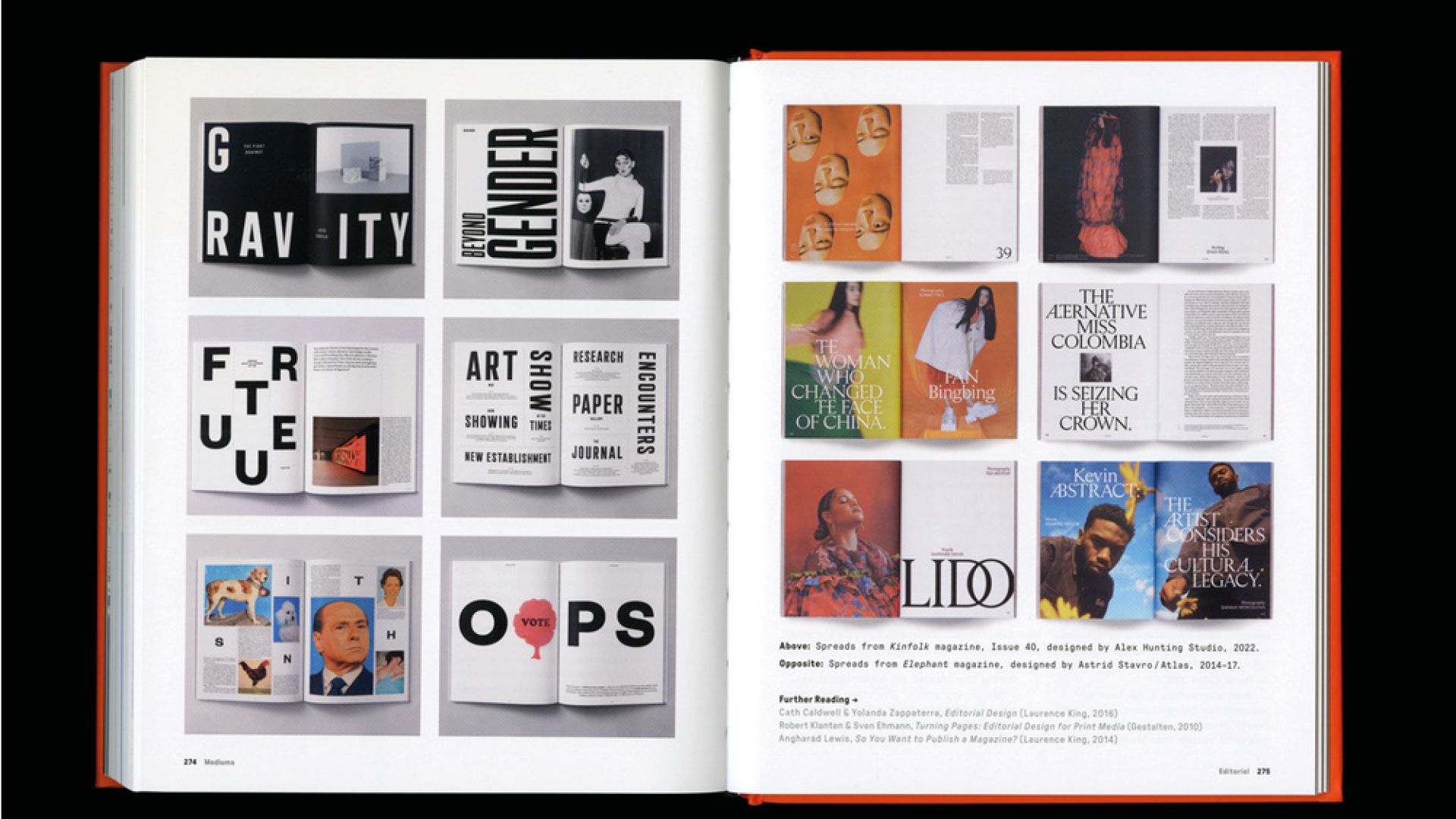
By Sebastien Hayez. Published February 18, 2025
The Graphic Design Bible
The Graphic Design Bible
(The definitive guide to contemporary & historical graphic design)
by Theo Inglis
This concise, accessible, and thoroughly modern guide to contemporary and historical graphic design is a must-have for designers and creatives in every medium.
As visually compelling as it is packed with information, this handbook to the fundamentals of graphic design covers the history and theory of graphic design from the past 150 years.
Organized around broader subjects of history, theory, practice, typography and media, it dives into numerous specific topics- from Bauhaus to digital design; Gestalt theory to kitsch; social protest movements to social media. It explores the building blocks of design as well as leading-edge tools and techniques. Each topic is presented in eye-catching spreads that feature numerous illustrative examples, insightful quotations, and suggestions for further reading.
Whether they're just starting out or looking to invigorate an established practice, graphic professionals and students of all stripes will find a bounty of information and inspiration in this essential guide.
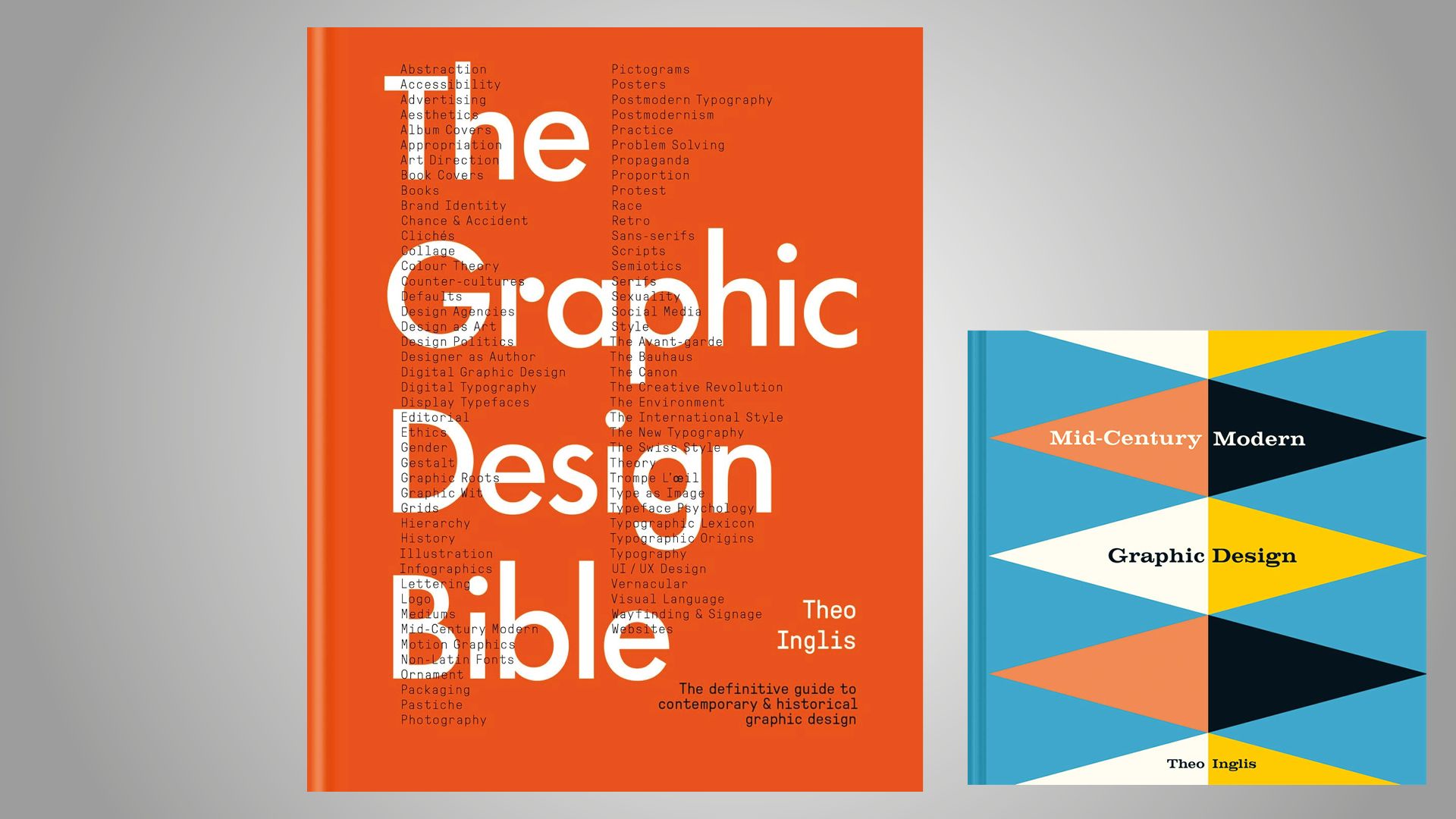
It takes confidence to name a book The Graphic Design Bible. This unique book that will serve as a reference for every graphic designer is probably not the one that dictates what is good or bad. Instead of religious belief, Theo Inglis prefers an understanding of context and its consequences. He sees the graphic designer as an involved author, free to break with dogma or adhere to convictions, in all their nuances.
In this respect, the original title is slightly misleading, and its French adaptation, Graphisme : histoire, théorie & pratique, seems more descriptive and in keeping with the reality of the summary.
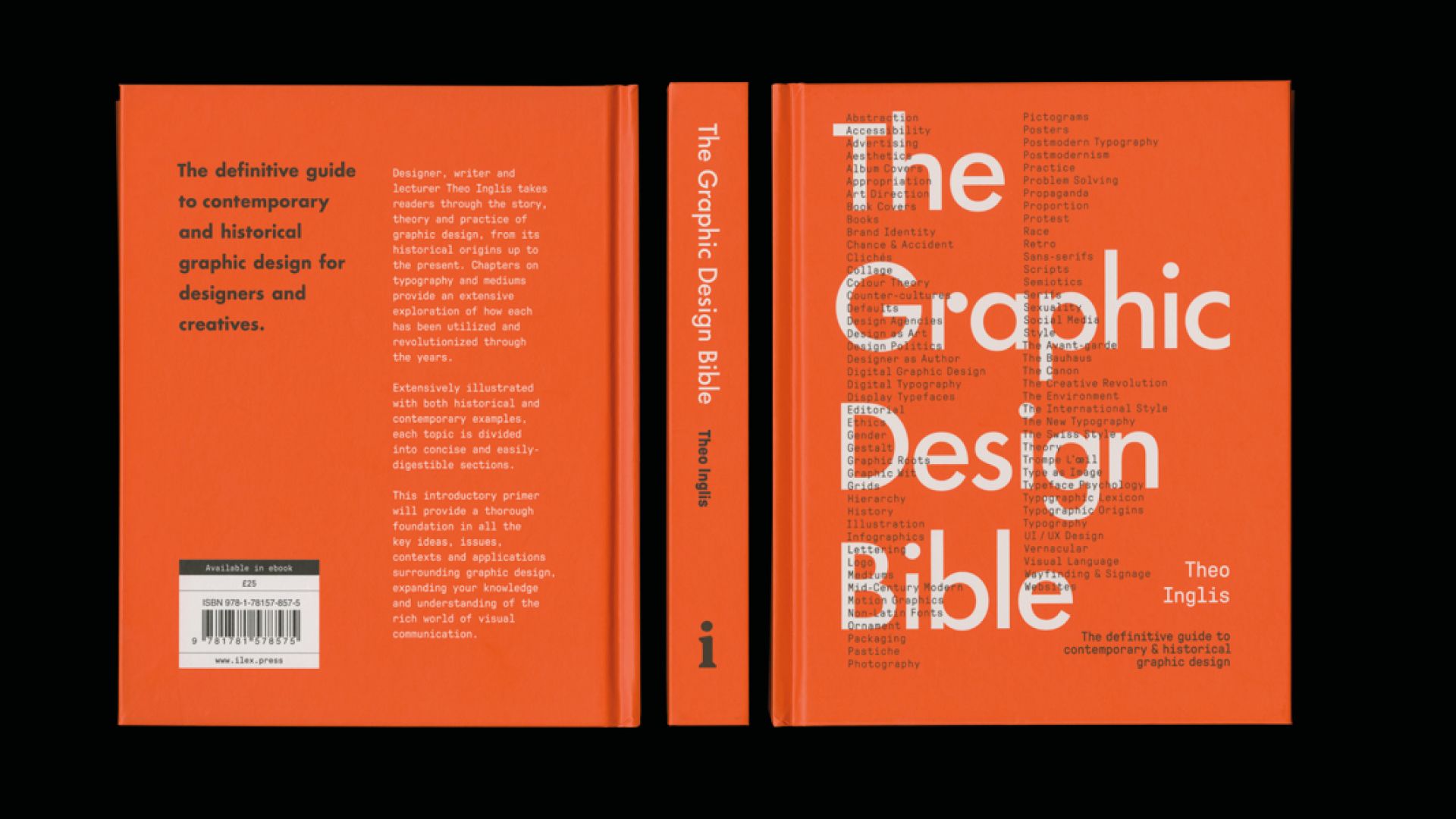
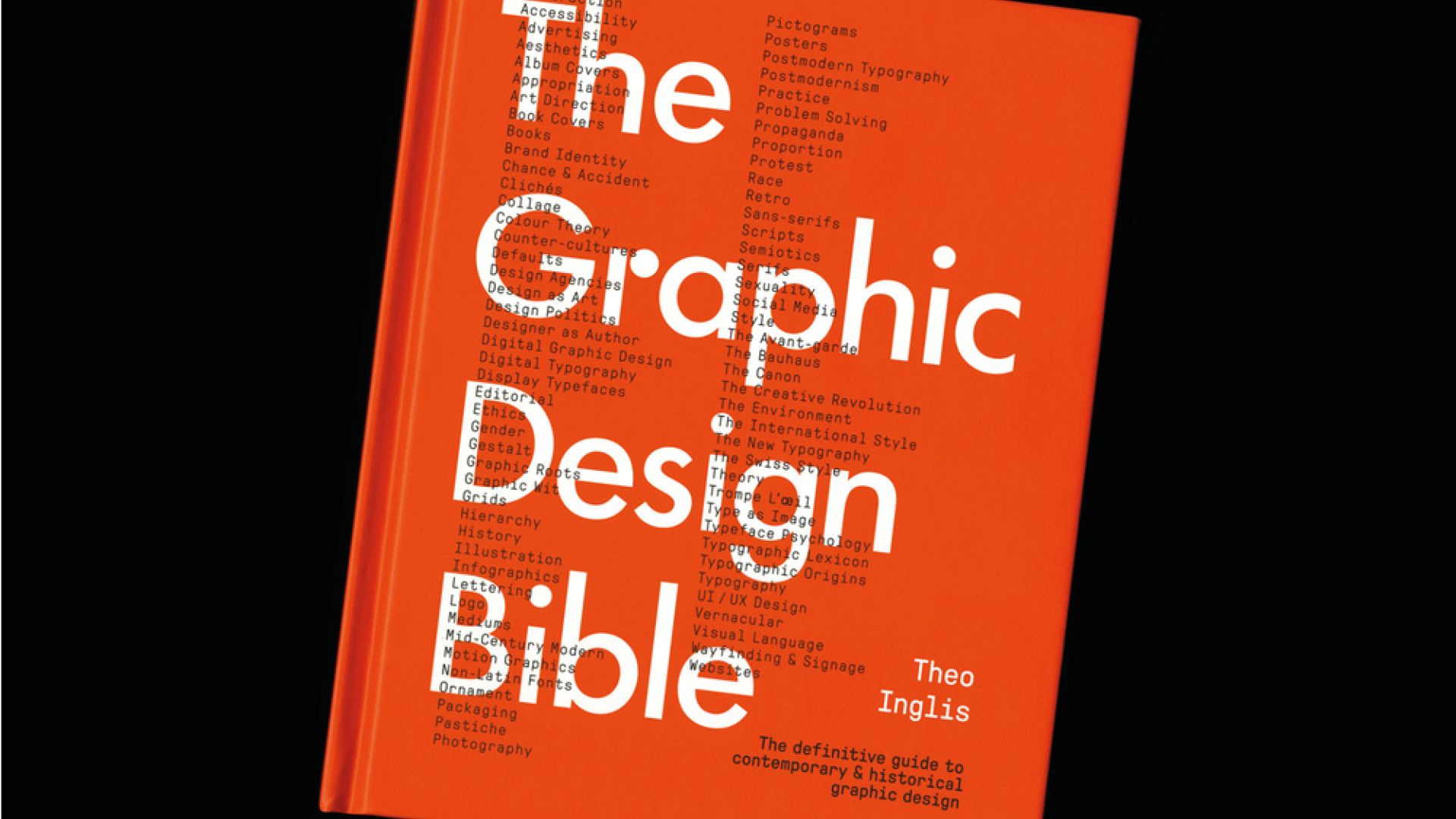

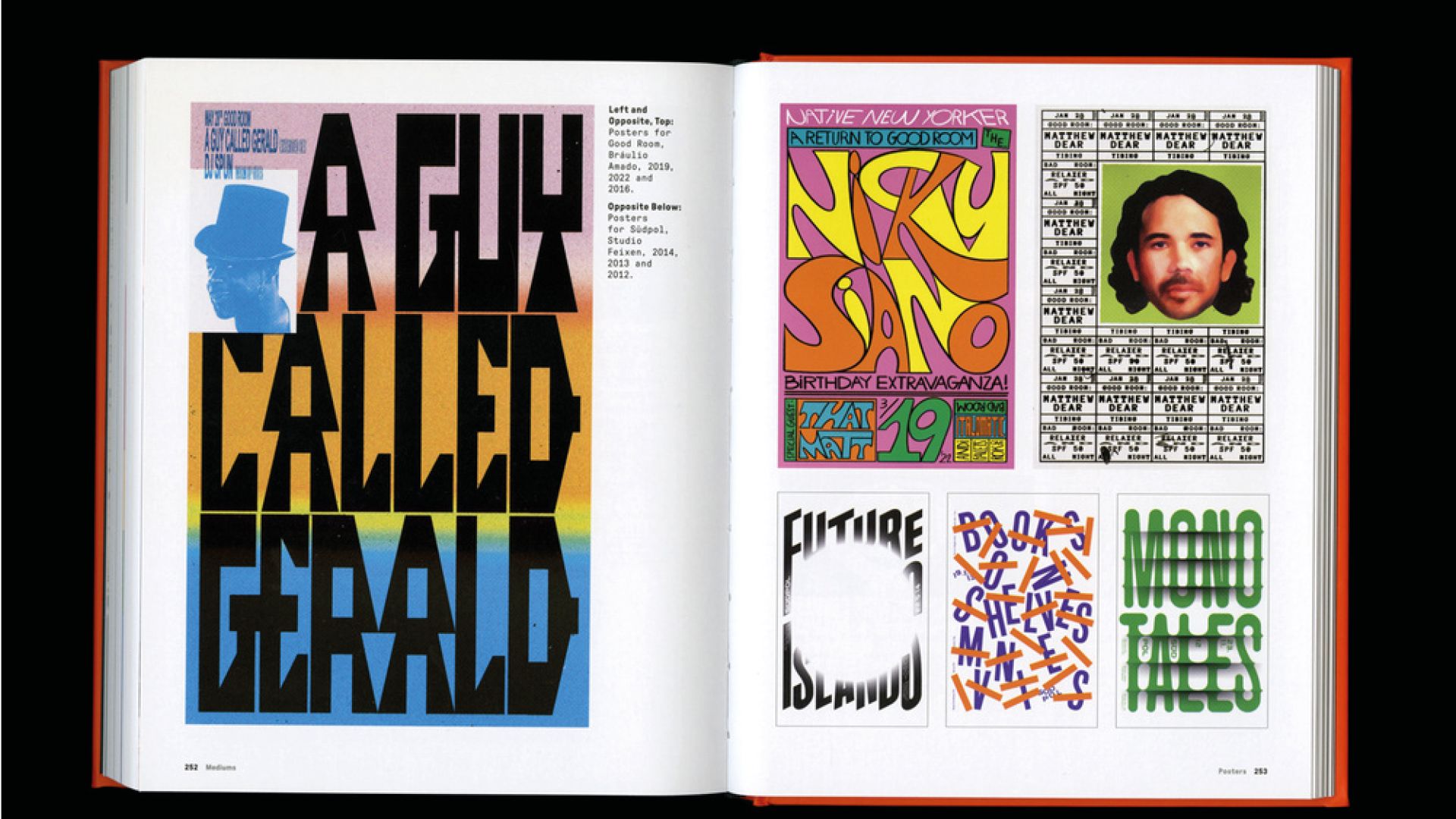
In five chapters, the author takes a concise look at the history of graphic design, its theoretical themes, practical elements, typographic particularities and various communication media.
Of course, exhaustiveness is impossible, and reduction to its essence sometimes leaves a taste of approximation when it's tempting to detail and contextualize further. Inglis operates as a good graphic designer according to the target audience, namely students and novice designers, and spares his knowledge to make it understandable and quick. Summarizing New Typography in a double-page spread is a radical choice, as is the lack of detail on our contemporary period to convey the impact of Swiss and International Style on the beginnings of Web 2.0. But the content works, it's pleasant to browse and puts the reader back at the center of essential knowledge, i.e. the knowledge needed to know more. The reader is free to deepen his or her knowledge by consulting independent volumes dealing with each of the topics covered.
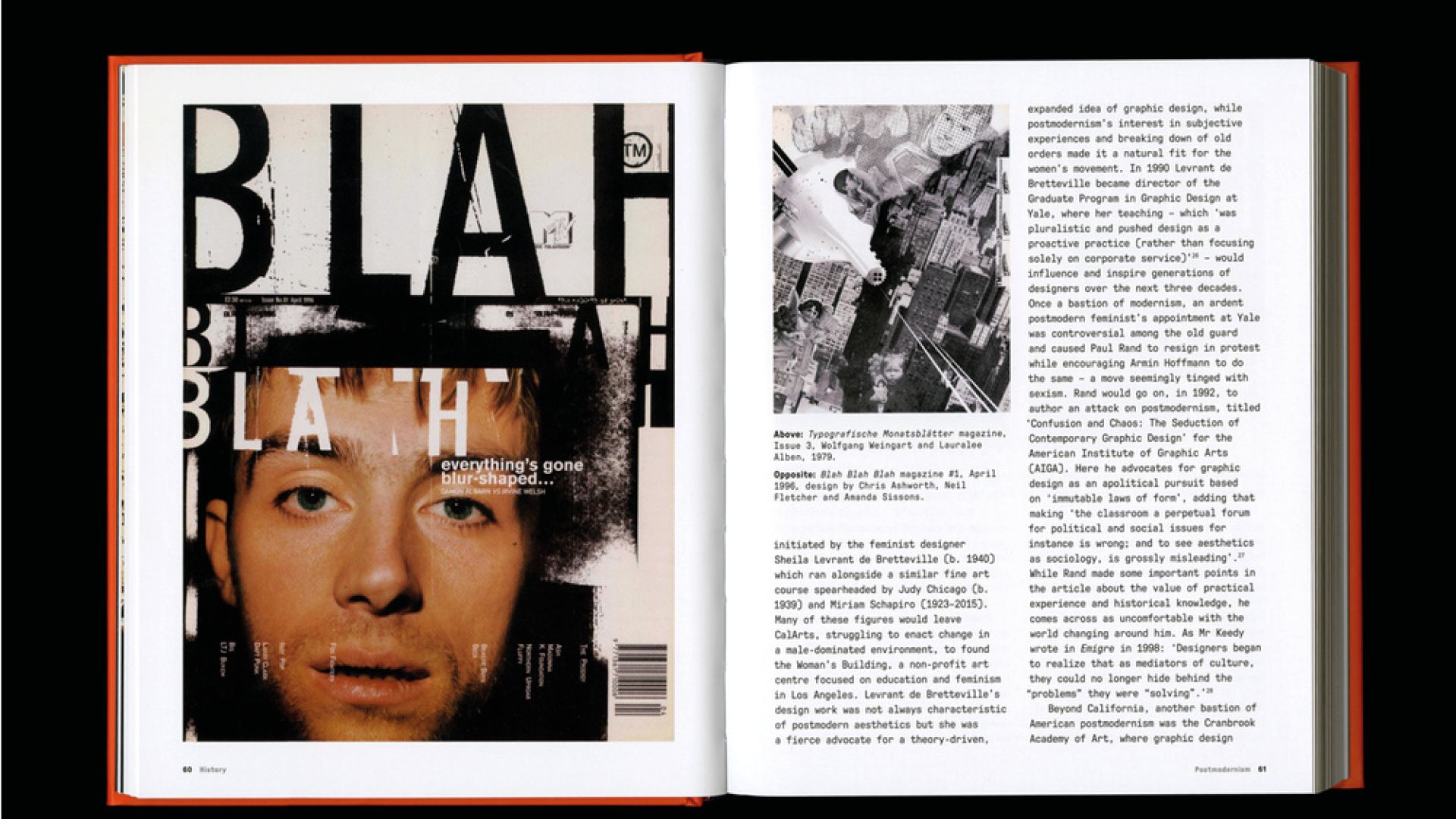
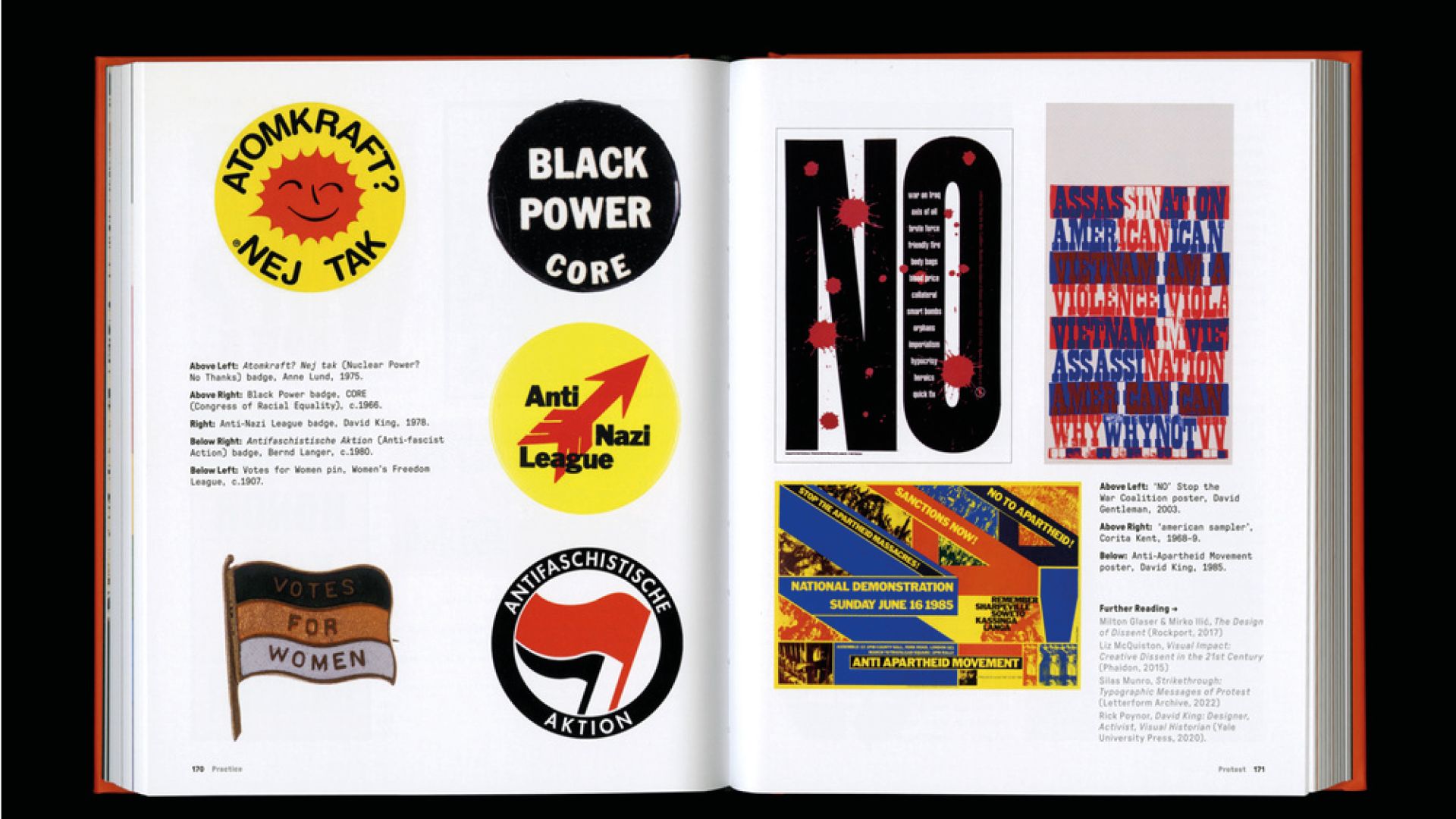
The well-balanced layout is based on a rudimentary double collage, with text and image arranged without a clear predominance of one over the other. This is not a book to leaf through, but to read. In this respect, it's a real success: the chapter entries are short (8 pages maximum), and the writing is limpid, with no superfluous stylistic effects. The author takes on the role of facilitator, frequently citing designers, articles, conferences and books, making the subject of graphic design more than just a matter of formatting documents. The reduced format leaves plenty of room for reading and images, while at the same time lending a distinctly technical connotation to the visuals. The only slight downside for me is that the choice of typeface, a monospace, makes reading a little difficult at first.
Moreover, the theoretical themes addressed in the second chapter explore areas of engagement and citizenship: politics, ethics, gender, the "racial" and decolonial question. But Inglis approaches the subject with the distance of a researcher or encyclopedist: there's no need to make value judgments, but rather to take into account questions rather than dogmas.
Rightly so, the chapters on practice and typography are not part of a "good" graphic designer's manual. Instead, students are encouraged to investigate for themselves the solutions best suited to their specific practice and situation. Is it necessary to be readable and understood, or seen and recognized, or simply to create an emotion?
This book is therefore an excellent introduction for students looking for a panoramic view, a mini-encyclopedia capable of arousing curiosity and raising questions, but also a good lead for teachers wishing to have a lesson plan where they will be free to deepen each entry with personalized content.
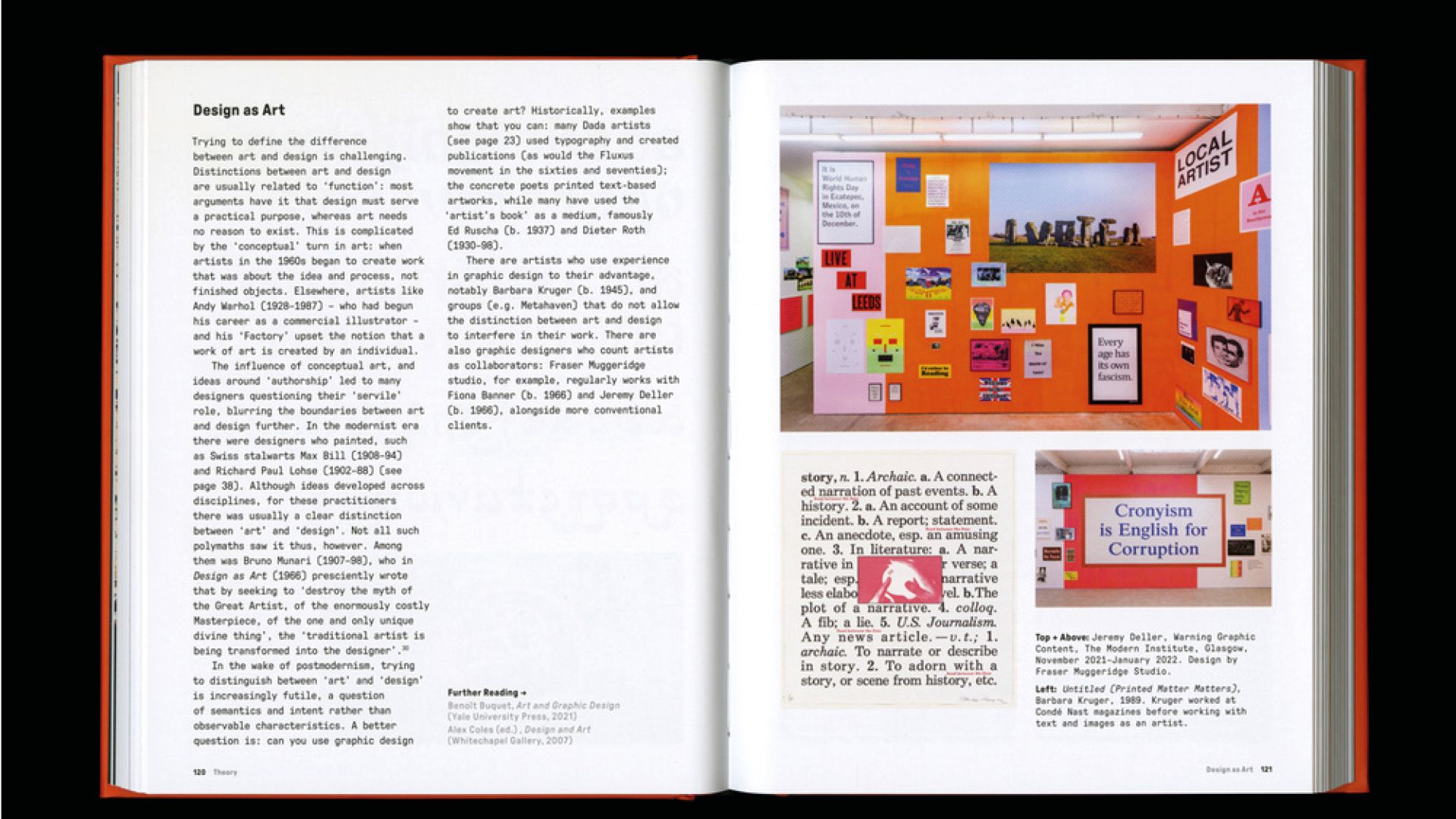
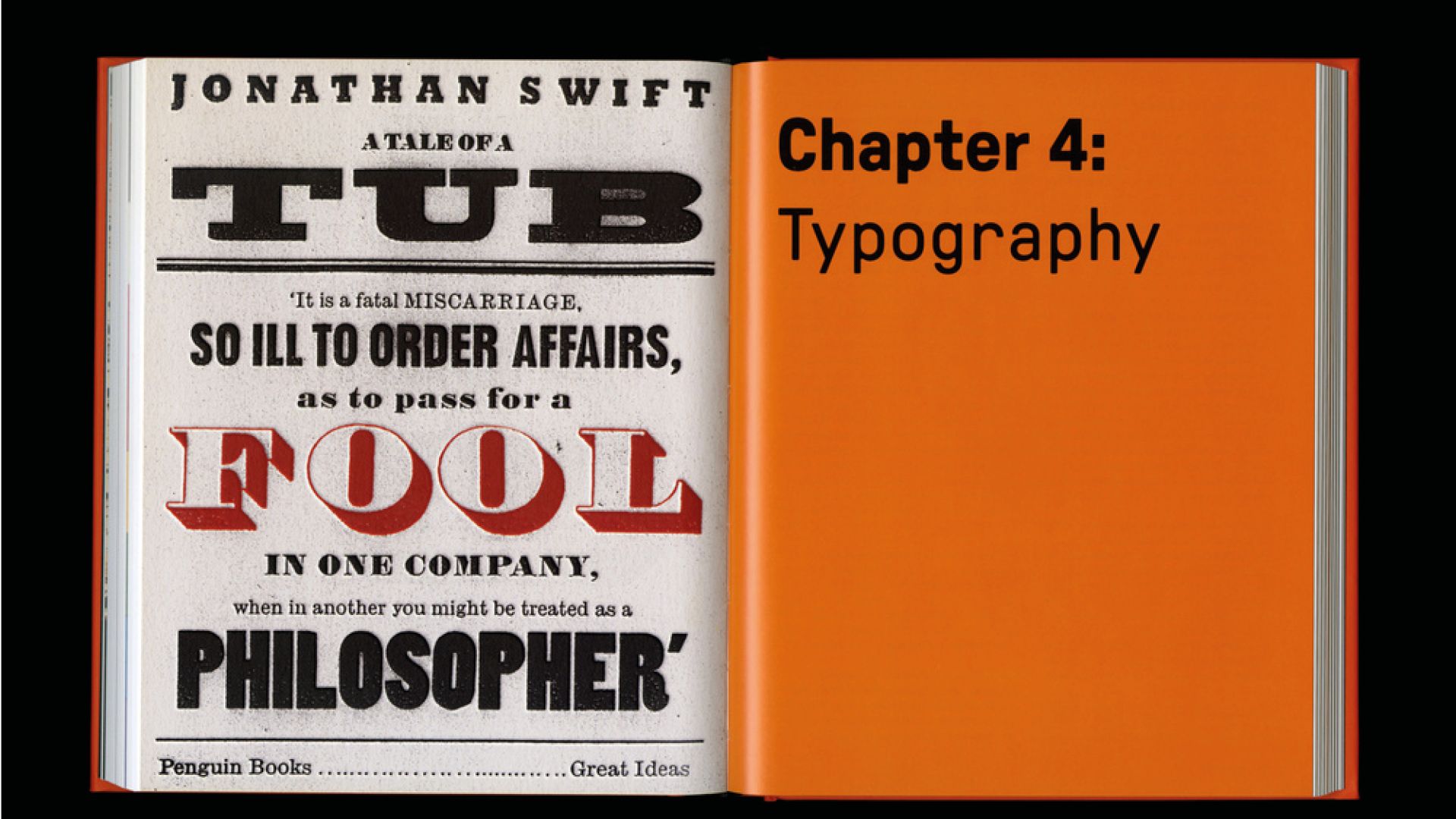
The Grapic Design Bible - The definitive guide to contemporary & historical graphic design
Theo Inglis
Published by:
- UK: Ilex Press, 978-1-7815-7857-5
- USA: Prestel, 978-3-7913-8990-5
- Germany: Prestel, 978-3-7913-8989-9
- France: Pyramyd, 978-2-35017-587-4
- Spain : Blume, 978-8419785824
September 2023
Hardback
16 x 20 cm
320 pages
